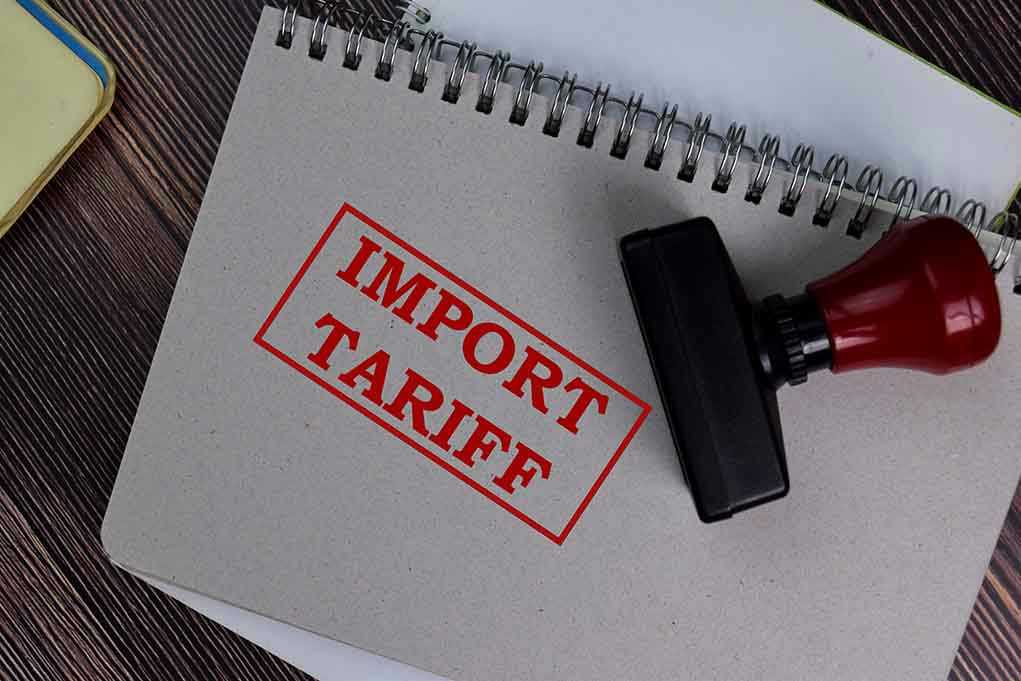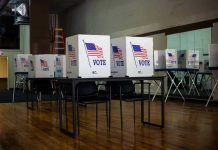
Trump’s announcement of steep new tariffs on six countries—Algeria, Brunei, Iraq, Libya, Moldova, and the Philippines—has reignited the debate over whether tariffs actually protect American workers or just punish U.S. consumers and small businesses with higher prices, all while the government keeps printing money and Americans keep picking up the tab.
At a Glance
- Trump imposes new tariffs on six countries, with rates up to 30%
- Tariffs set to take effect August 1, 2025, after failed negotiations
- Administration claims tariffs will offset tax cuts and bring jobs home
- Economists warn move could fuel inflation and strain U.S. trade relations
Trump’s Tariff Escalation: Real Leverage or Political Theater?
The Trump administration has sent shockwaves through global markets yet again, announcing new tariffs ranging from 20% to 30% on goods from six countries—Algeria, Brunei, Iraq, Libya, Moldova, and the Philippines. The tariffs hit full force August 1, 2025, following the expiration of a supposed 90-day “negotiating” period that, predictably, led nowhere. The administration’s rationale? Offset the cost of recent tax cuts and—stop me if you’ve heard this before—bring manufacturing jobs back to America. Sound familiar? That’s because we’ve seen this play out before, and like clockwork, U.S. consumers and small business owners are left holding the bag while the government postures on the world stage.
Trump posted the letters on Truth Social, declaring the negotiating period over and touting the tariffs as a hammer to force “fair trade.” But let’s get real: the targeted countries, with combined trade imbalances that barely move the needle against America’s $30 trillion GDP, are hardly economic heavyweights. The move reeks more of political symbolism than sound economic strategy, a distraction from bigger fish that actually matter to working families and business owners paying the price for Washington’s endless spending spree.
A Pattern of Tariffs and Trade Tensions—But Who Pays?
History repeats itself. The Trump administration’s love affair with tariffs isn’t new. It started with China and the EU, sparking retaliation and global uncertainty. Now, with agreements recently closed with the UK and Vietnam, Trump’s team is doubling down on the tariff playbook for smaller economies. But the pattern is clear: tariffs mean higher import costs, and those costs don’t vanish into thin air. They land squarely in the laps of American businesses and consumers—folks already squeezed by inflation fueled by the government’s reckless spending and endless money printing.
U.S. importers brace for impact as the new tariffs threaten to jack up prices on critical goods. The administration claims this will “bring jobs home,” but most economists—and anyone with a grip on basic math—see the reality: these countries aren’t stealing American jobs. The tariffs are unlikely to dent the overall trade deficit or spark a manufacturing renaissance. Instead, they’ll add to inflation and ripple through supply chains, making life harder for the very people the administration claims to champion.
Winners, Losers, and the Price of Political Posturing
The U.S. government wields overwhelming power over these countries, which have little leverage to fight back. But that’s not the point. The real losers are American consumers and small business owners, now facing higher prices on everything from energy to manufactured goods. Meanwhile, U.S. exporters to these countries could see dwindling demand, and industries relying on imports will eat the cost or pass it on to customers. All this, just to score political points or create the illusion of action as inflation continues to eat away at family budgets and government overreach becomes the norm.
Most credible experts agree: these tariffs won’t solve America’s trade woes, but they might just make everyday life more expensive, all while testing diplomatic relationships and pushing other countries to look elsewhere for trade partners. The move is symbolic, a headline grabber, but with little upside for the real economy. Inflation climbs, the deficit grows, and the administration pretends to stand up for working Americans—except when it’s time to pay the bill.











